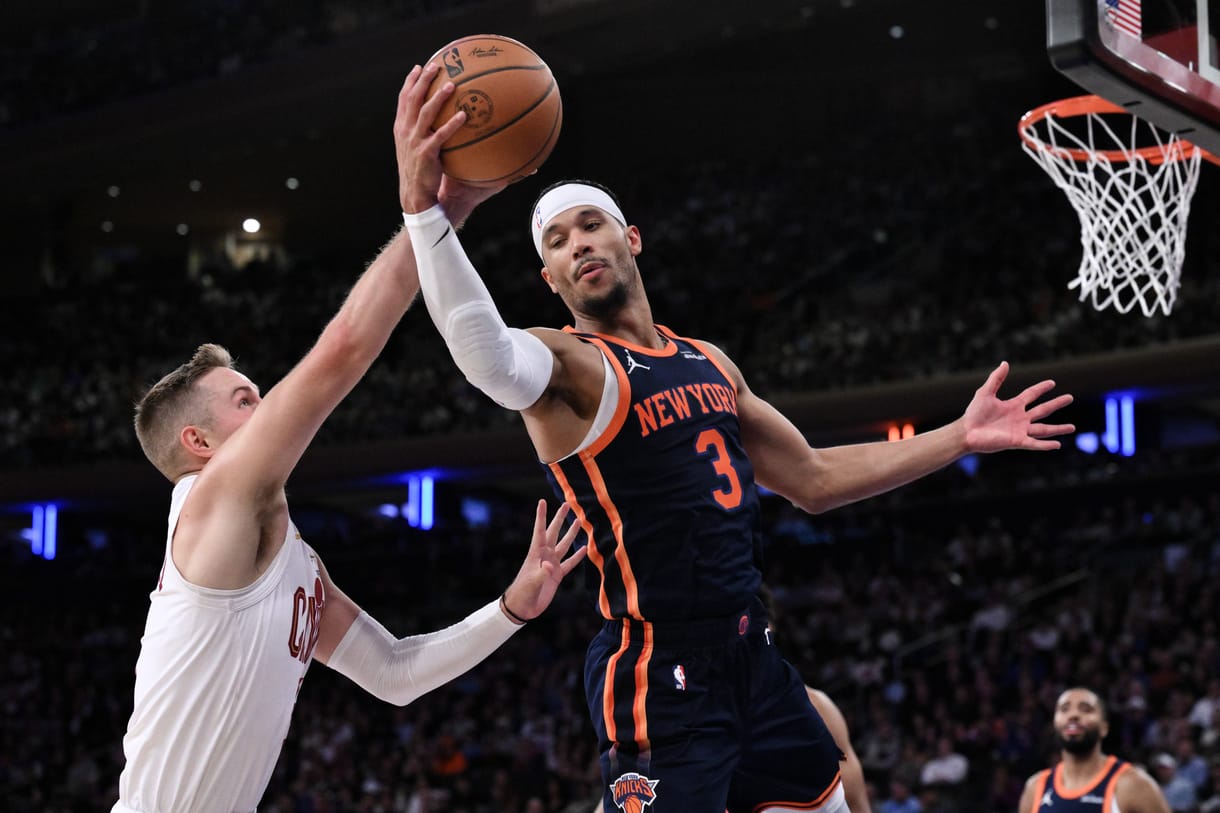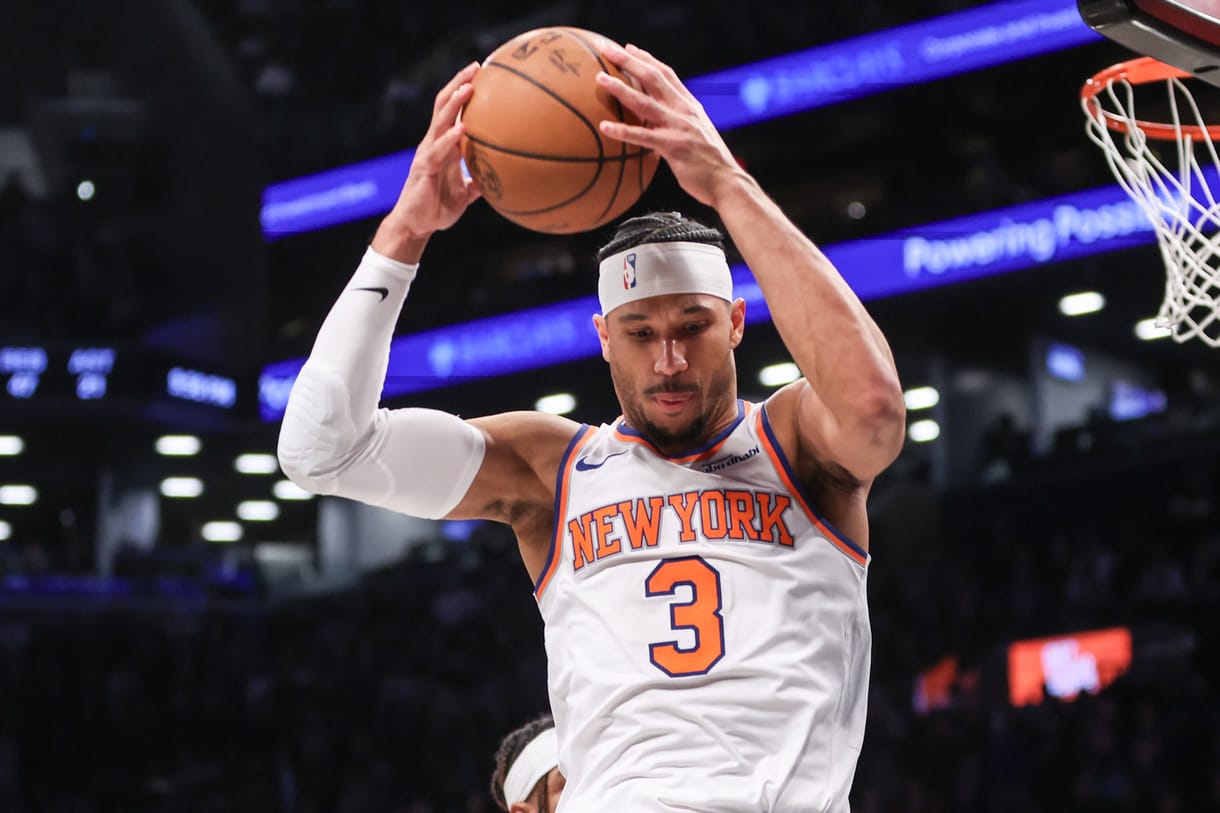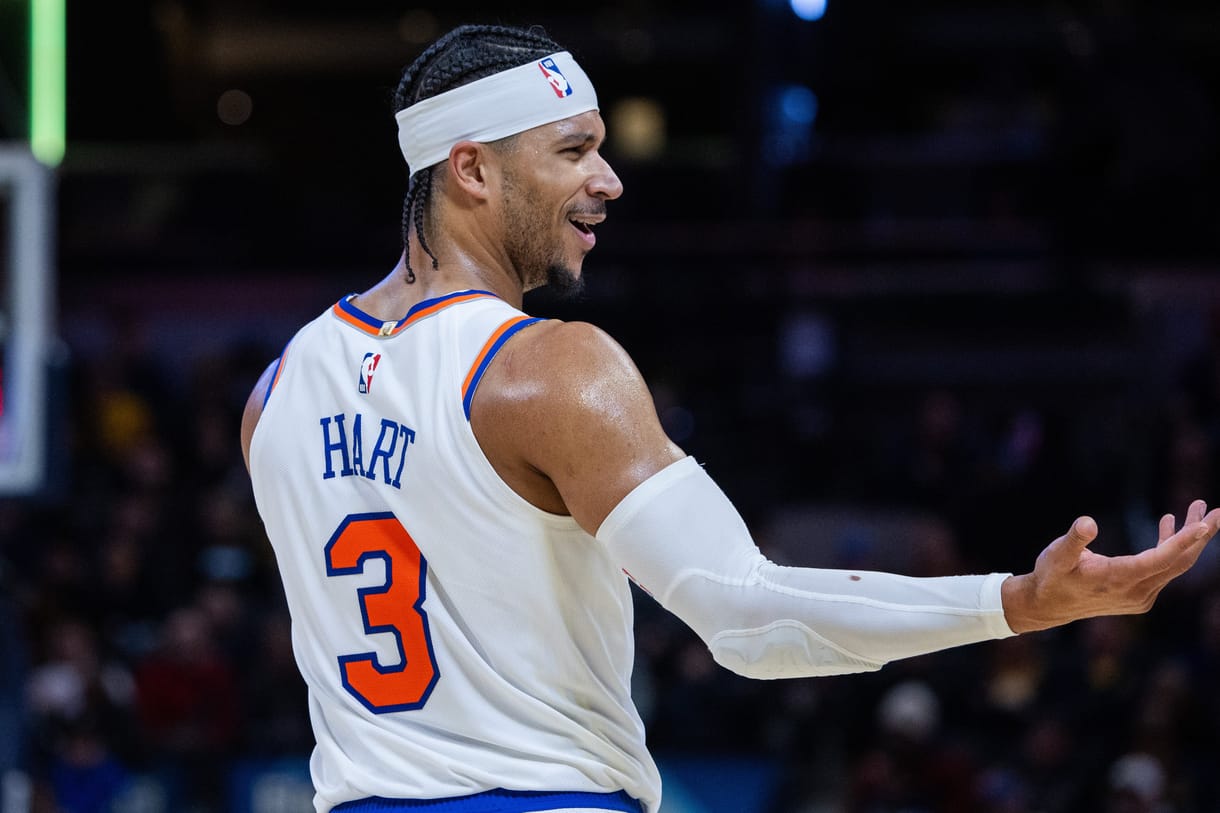
For a moment, it looked far worse than it was. When New York Knicks forward Josh Hart went down clutching his lower back during a non-contact play in Abu Dhabi, the air seemed to leave the gym. Moments later, his frustration boiled over as he hurled the ball into the stands — earning an ejection that spoke more to his pain than his temper.
Fortunately for the Knicks, the injury isn’t as bad as it appeared. Head coach Mike Brown confirmed that Hart is considered day-to-day with back spasms, noting that while he won’t practice Tuesday, the expectation is that he’ll return to action soon.
It’s a sigh of relief for a Knicks team that knows how crucial Hart is to its identity — the connective tissue between stars, the glue that holds the lineup together.

The Knicks’ emotional spark plug
Hart’s value to the Knicks goes well beyond the stat sheet. He’s the heartbeat of the team, the kind of player who makes the extra pass, dives for every loose ball, and fills whatever role is needed on any given night. In an era of specialists, Hart’s versatility has made him indispensable.
Last season, he played a career-high 37.6 minutes per game — a workload that bordered on unsustainable. Despite the heavy usage, he posted one of the most well-rounded stat lines on the roster: 13.6 points, 5.9 assists, and 9.6 rebounds per game while shooting 52.5% from the field and 33.3% from beyond the arc.
But that relentless motor came with a price. By the time the postseason arrived, Hart’s energy reserves were clearly depleted. He still played through it — because that’s what Josh Hart does — but his efficiency dipped noticeably.
The Knicks learned a lesson from that stretch: even the most tireless player needs a chance to breathe.
Managing minutes with a long-term view
Mike Brown and the Knicks coaching staff are taking no chances this time around. With a deeper bench and improved chemistry across the roster, there’s less pressure for Hart to shoulder such a massive load in the regular season. The focus now is on sustainability — ensuring Hart, along with Jalen Brunson, Mikal Bridges, OG Anunoby, and Karl-Anthony Towns, are healthy and fresh when the games start to matter most.
Hart’s competitive fire still burns
Hart’s game thrives on controlled chaos — crashing the glass against bigger bodies, pushing the pace in transition, doing all the dirty work that doesn’t always show up in the box score. For the Knicks to reach their ceiling, they need that version of Hart — the one who changes games through grit and instinct — not the one running on fumes by spring.

A deeper roster means more protection
Luckily, this year’s Knicks roster is better equipped to protect Hart from himself. The additions of core depth pieces and a fully healthy rotation allow Brown to stagger minutes and reduce the heavy dependence on his core.
Hart may not like it, but this calculated approach is designed to give the Knicks what they were missing last postseason — fresh legs and composure deep into May.
The scare in Abu Dhabi was a reminder of how fragile the NBA grind can be. But for Hart and the Knicks, it also reinforced a truth they can no longer ignore: sometimes the best way to keep your heart beating strong is to give it a little rest.
